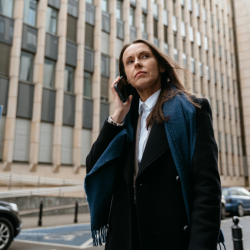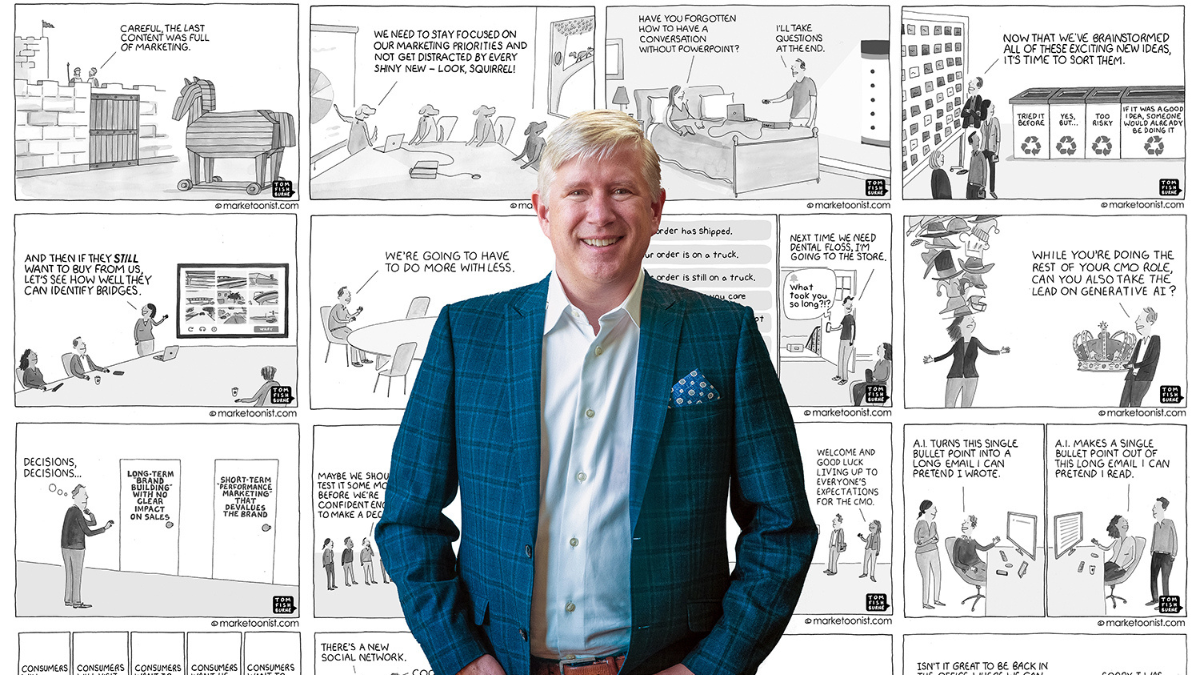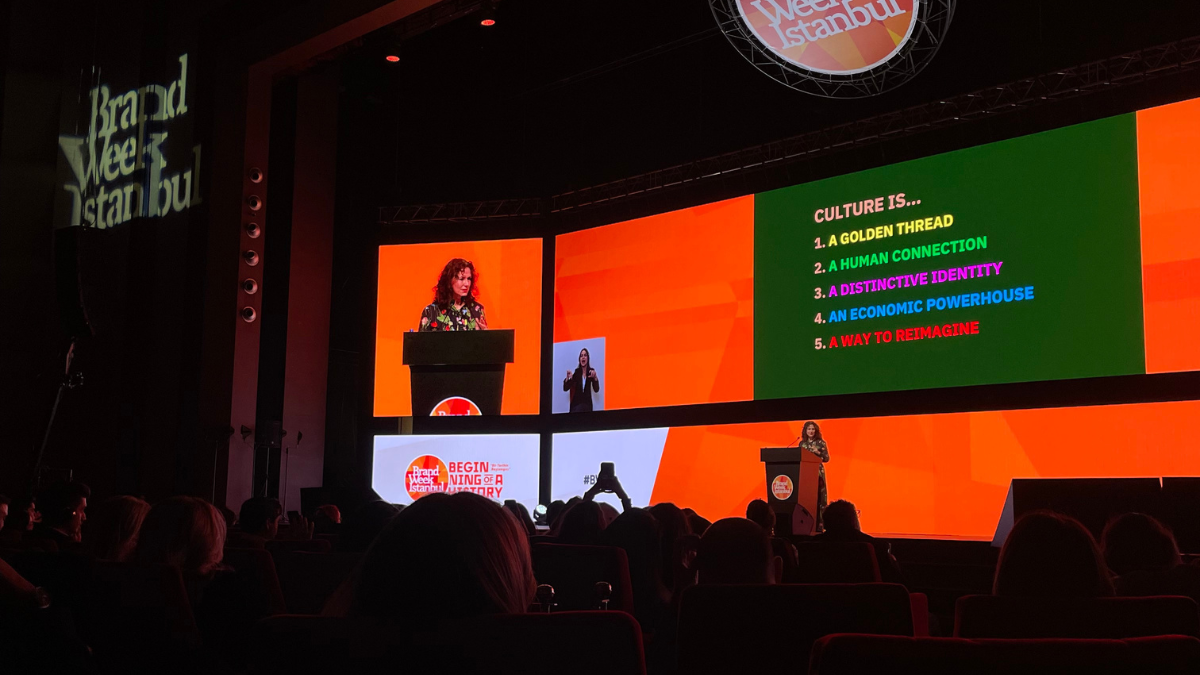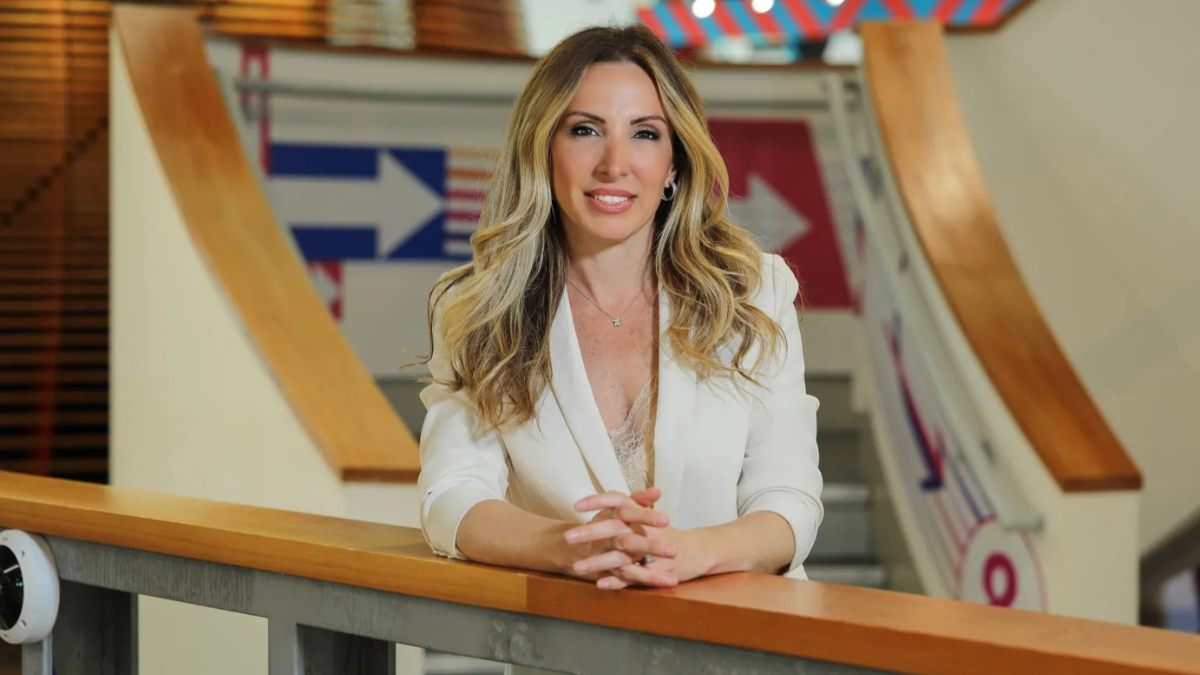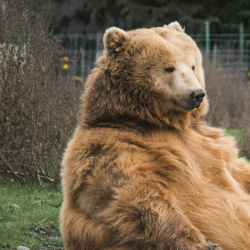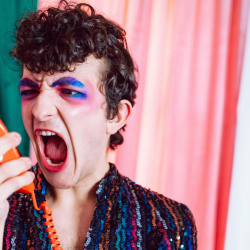Tom Fishburne, creator of Marketoonist, has been drawing cartoons and making observations about the marketing industry for over two decades. This year, he spoke at Brand Week Istanbul 2024 and shared how humour can help us navigate change. Following his session, Fishburne sat down with MediaCat’s Content & Social Media Editor, Svilena Keane, to share how he became a cartoonist, why humour is an ‘underappreciated superpower’ and why creatives shouldn’t fear AI.
Hi Tom, please tell us about yourself and how you became a cartoonist
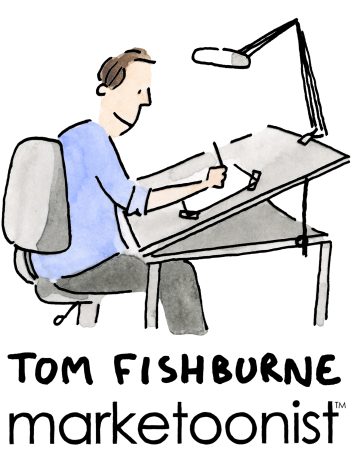
It was a bit accidental. I have wanted to be a cartoonist ever since I was a child but I didn’t think it could be a real job. I didn’t know any cartoonists. I didn’t know how that even looked. So, I went down a traditional path of jobs, which led to business school, which led to an interest in marketing. It was in business school that I started drawing cartoons for fun in the student paper. Then when I started working in my post-MBA first job at General Mills, I realised there were so many funny things happening around me. So I started drawing a weekly cartoon just for a few co-workers and I had a sign-up on an email list as a way for people to subscribe if they wanted to. Pretty quickly, I started to get people subscribing from different companies and different countries. I thought, ‘Wow, we’re all actually going through the same things together’. It was just a hobby for a long time. It was just a fun way to sit down once a week, think of what I was observing and make something funny out of it. And then I started to get asked to create cartoons for different brands for their marketing campaigns. So I started to think maybe there’s something bigger here. And because I’ve loved doing it so much, I thought I’m just going to do a little bit on the side and see what happens.
Eventually, I got to the point where it was big enough that my wife and I decided to start it full time, 14 years ago. Since then we’ve worked with 200 different companies, creating cartoon-based marketing campaigns. What I didn’t expect at the time was that I would get invited to speak at conferences using cartoons. And actually, it’s one of the things I love the most; about a third of what I do right now is travelling to different conferences, talking about marketing and using humour as a way to talk about marketing topics. I’ve kind of developed a belief over time that humour is this underappreciated superpower that isn’t used in work enough. When we can laugh at things, we can call attention to some of what’s keeping us from doing our best work in marketing. If I have a goal right now, it’s to try to get that message across as much as I can so that more people feel comfortable bringing their sense of humour to work because it’ll help them address so many of the changes happening in marketing.
Humour is making a big comeback this year, especially with Cannes Lions introducing a category. You’ve been in this industry for a long time; how have you seen its relationship with humour evolve?
I feel like there has long been an appreciation that humour can work as marketing communication, but it ebbs and flows based on how people feel comfortable with it. There are a lot of studies that show that it’s one of the most effective forms of communication. I was just looking at some research from System1 on the emotional response to advertising, whether it’s happiness or sadness or disgust or joy or whatever. The majority of ads deliver an emotional response that is neutral — so no response at all — and those ads don’t perform as well as the ones that deliver some sort of reaction. System1 found that humour is one of the responses with the best response overall. It’s proven that it’s effective but I feel like things can get in the way. At the start of Covid-19 there was this sense that it’s better too serious than sorry. So, we ended up with a lot of ads that all looked and sounded alike. For a long time, the pendulum swung in that direction.
I feel like there are responsible and effective ways to use humour without some of the feared blowback — largely around where you aim the humour, the type of humour, and the tone of humour. It’s not one-size-fits-all. Brands that can figure out the right equation for humour can really stand out because the baseline is so low. If you can have even something mildly humorous, it can often create an impact greater than the competitive set.
I feel like there is a greater appreciation. At Cannes it was great to see that it was given special attention in an awards category. People are talking about it more, and I think that’s a healthy and good thing. Sometimes what can happen in advertising is that there can be a copycat effect. I think it’s good for brands to think that what worked for one brand may not be the exact execution for their brand. We can think about the right sense of humour for us, and do it in our way that’s uniquely us. That’s the biggest opportunity that I see for brands.
Do you think it takes bravery to be funny today?
I think that there’s a sense that it takes greater bravery than it actually does. There’s a knee-jerk response that it’s incredibly risky. But if you look past that and look at the reality, there’s not as much risk as we think there is.
There’s an academic study from a few years ago that found four primary types of humour. It’s almost a spectrum from empathy to aggressive humour, which is laughing at someone. And I think humour can actually be an act of empathy if you do it appropriately. If the butt of the joke is some shared experience that the audience can relate to and experience, then I don’t think it takes much bravery at all.
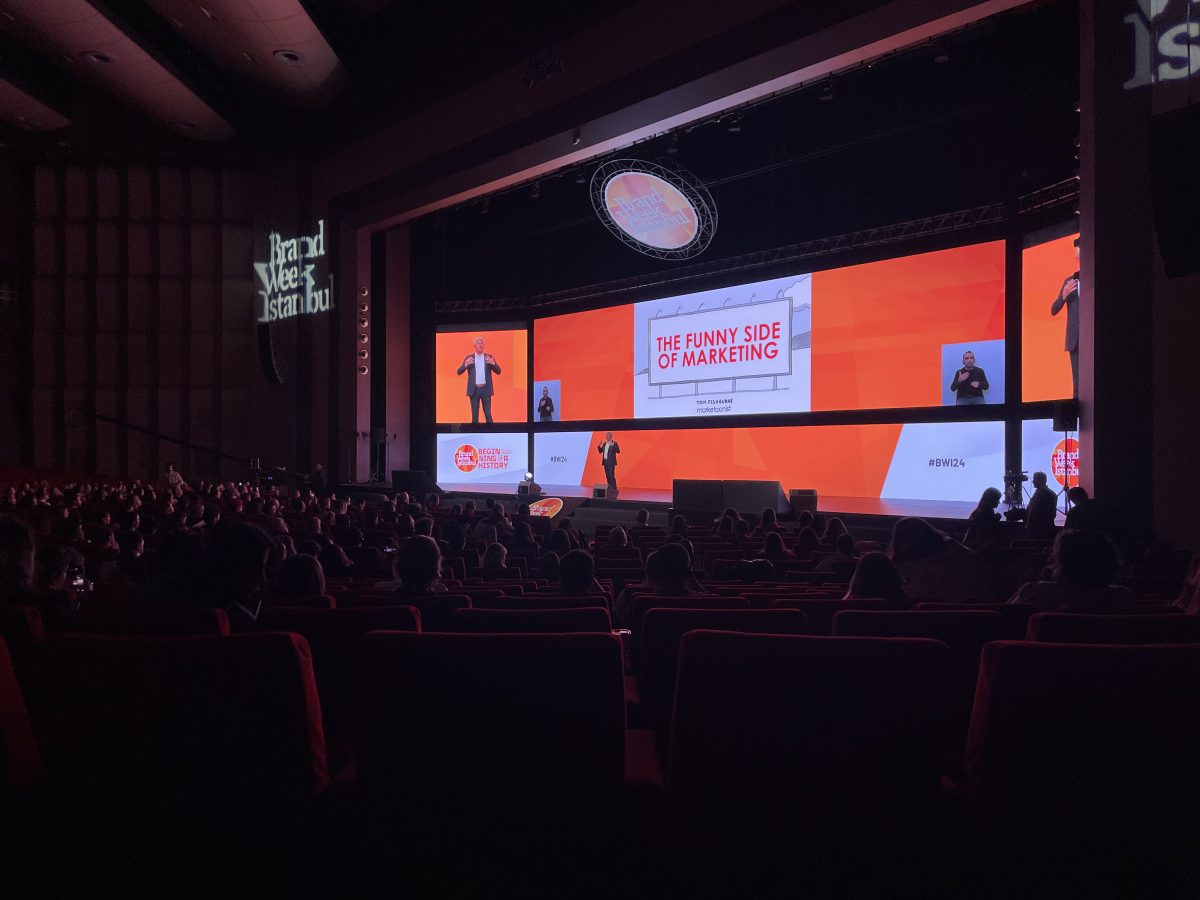
You have held a mirror up to the industry for many years now. At Brand Week Istanbul you spoke about the ‘myopias of marketing’. What are your observations on the state of marketing in 2024?
There’s never been a more exciting time to work in marketing because so much is happening. There’s always a state of change but it’s really exciting. I talked about four types of myopias that I think can get in the way and that brands can be susceptible to. I talked about technology myopia and how there’s often a ‘look, squirrel!’ approach to new technology; customer myopia where we look at our customers through customer funnel vision and don’t think about the full complexity of who we’re reaching; data myopia, where we use data inappropriately to make the best decisions; and, organisational myopia that is guided too much by silos rather than how we can deliver a better experience by working collectively.
I think if we address those myopias and have a bigger sense of what’s possible, we can take advantage of everything that is available and make an impact. But with the myopias, you can create the opposite of what you’re trying to create. You can create customer experiences that are frustrating.
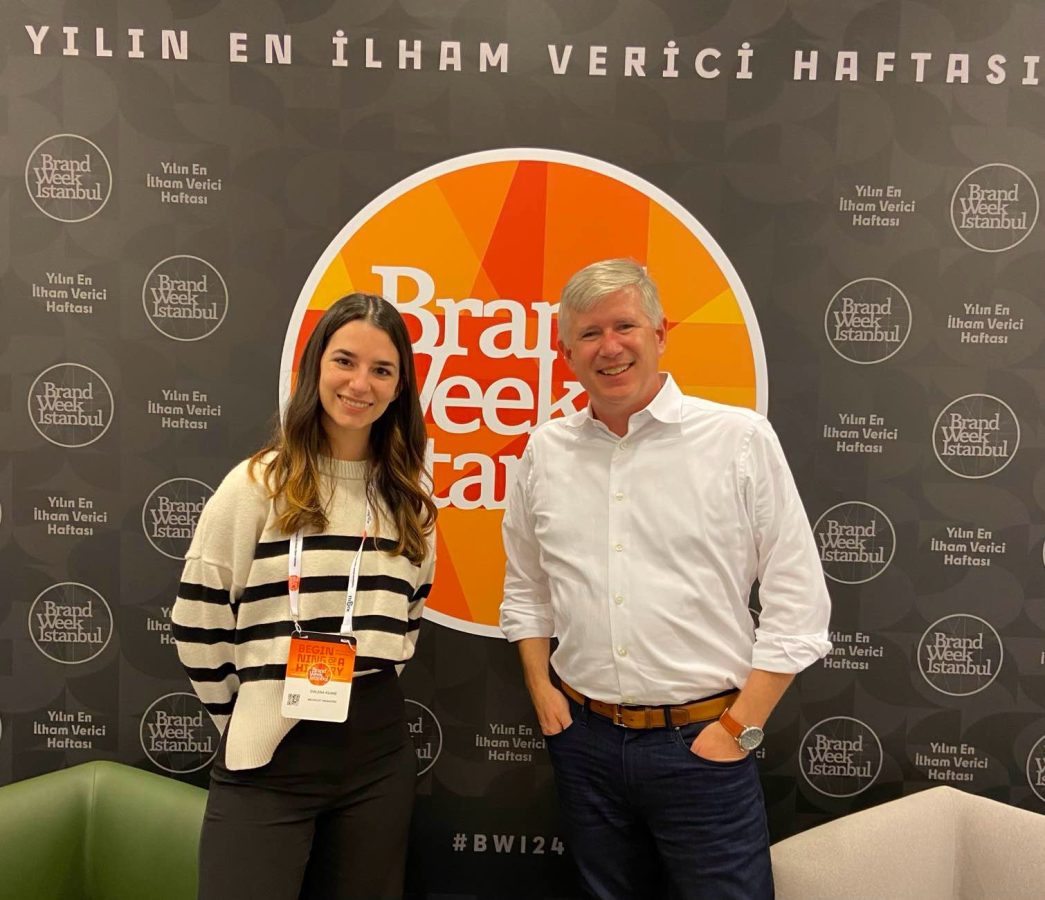
That’s really interesting. I am curious about your creative process. Does social media — particularly platforms like LinkedIn — make it easier or more challenging for you to make observations?
That’s a great question. I find LinkedIn and social media generally helpful as a distribution channel to reach an audience. I don’t use it to research or consume, partly because while there are interesting observations there, I find less of a diversity of full opinions. We can sometimes drink our own Kool-Aid or breathe our own exhaust in this community and if I spend too much time around that, it can be a bit of groupthink.
Personally, however, LinkedIn is the one place where I look at comments on my cartoons. I don’t do that on most places on social media because it can be traumatising. I feel like people are more polite on LinkedIn because they have their identities attached to them.
And I do often learn from comments; I’ll have a cartoon on a particular topic and sometimes I’ll frame a question or take it in a certain direction and people share things with me that I wasn’t aware of before. But generally, I feel like LinkedIn narrows my path rather than widens it. And for me, I need to keep my mind open to unexpected connections. Those are the best things that I find as source material for my cartoons.
As a successful creative, what would you advise creatives who are starting out and might be afraid of AI?
I think it’s good to be familiar with the tools and not take them off the shelf. Instead, think about how it might work within your process. A mistake people sometimes make is thinking, ‘Oh, AI is already there. It’s already doing it. I’m going to use it the same way other people are’.
If I break up my whole creative process, there are areas where I can see value in AI synthesising complex things. Sometimes I want to create a cartoon on a particular topic or I have an interview with a client on a campaign, and I want to synthesise it into themes; AI can be useful in that. I don’t want to be super resistant to it; I want to make sure I think of it as a tool.
The great news for creatives is that AI — the way it currently works — is almost a great averaging. It delivers what is most likely to be what people want to see and that creates a lot of the same output. So, if you’re truly creative, the opportunity is there to create things that are not the same output and you can use AI, like I said, to make you more efficient at that. But ultimately, don’t forget what makes you human and what makes you unique.
Featured image: Tom Fishburne / Marketoonist



